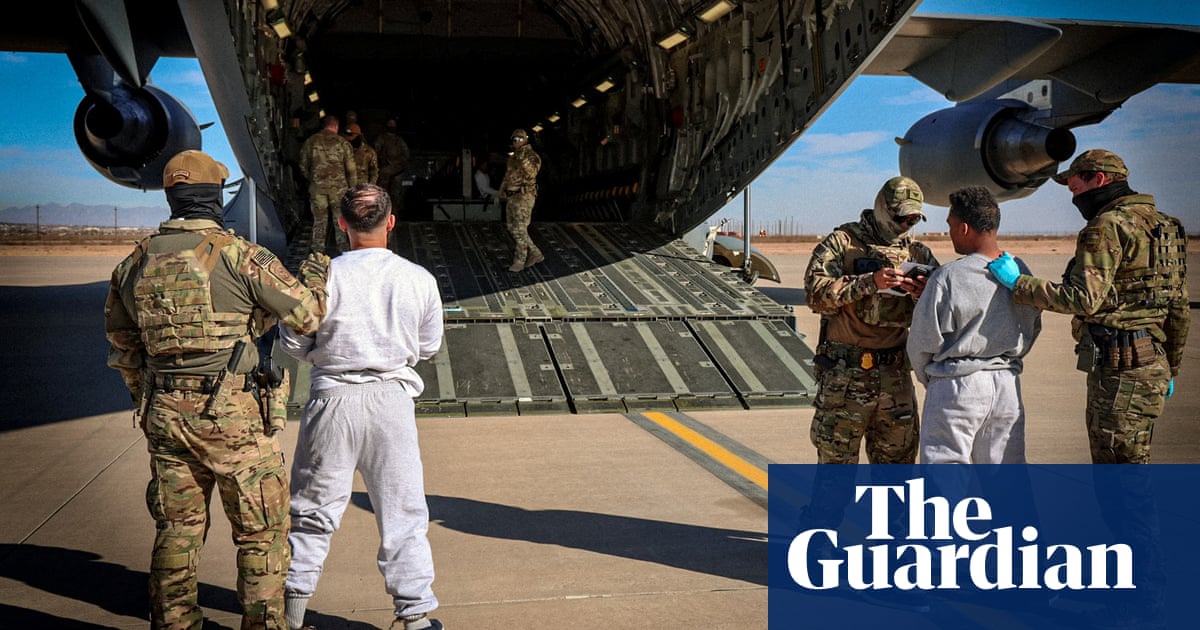Russia might be open to using some of the billions in frozen assets for Ukraine’s reconstruction but with one condition: Part of the money must be spent in the territories currently occupied by Russian forces.
Since Russia invaded Ukraine in 2022, Western countries have used sanctions and other financial mechanisms to freeze between $300 billion and $350 billion of Russian sovereign assets, mostly government bonds held in Europe, the US, and the UK.
JOIN US ON TELEGRAM
Follow our coverage of the war on the @Kyivpost_official.
This offer comes just days after Russia and the US held their first in-person talks about ending Moscow’s Ukraine invasion on Feb. 18 in Saudi Arabia, according to sources cited by Reuters.
While the discussions are still in the early stages, one idea being considered by Moscow is to put a significant part of these frozen reserves toward Ukraine’s reconstruction as part of a possible peace agreement.
As for how the frozen funds are distributed, one source with knowledge of the discussions in Moscow said that Russia could accept up to two-thirds of the reserves going to the restoration of Ukraine under a peace deal, but only if there are clear oversight measures.
The remaining funds would be directed to the Russian-controlled parts of eastern Ukraine, which Moscow now considers part of Russia.
The Kremlin has declined to comment on these discussions, and sources spoke to Reuters anonymously due to the sensitivity of the matter.

Other Topics of Interest
Why Trump and Putin Need Elections in Ukraine – What Can Kyiv’s Parties Do?
In the second part of our examination of the issues surrounding the holding of Ukrainian elections in war time and ask why does the “hold up” proving so aggravating for the US and Russian leaders.
The war has left parts of eastern Ukraine in ruins, with hundreds of thousands of casualties and millions displaced. A year ago, the World Bank estimated that rebuilding Ukraine could cost nearly $500 billion.
While this idea of using frozen funds for rebuilding hasn’t been reported before, it could indicate Russia’s willingness to negotiate – especially as Washington and Moscow explore potential ways to end the war, Reuters reports.
At the same time, Trump is pushing for access to Ukraine’s mineral resources as repayment for US support.
In 2023, the G7 said Russia’s frozen assets would stay locked until Moscow compensates Ukraine for the destruction caused by the war. In October 2024, the G7 agreed to give Ukraine about $50 billion in loans, using money from Russian assets held abroad as security.
Some Western officials, particularly in Germany and the European Central Bank, are hesitant about confiscating the funds. They warn that doing so could create legal problems and undermine trust in the euro.
Russia has repeatedly argued that freezing sovereign reserves violates free market principles and damages global financial stability. In response, Moscow has drafted legislation to seize assets from companies in “unfriendly” countries – those that imposed sanctions on Russia. However, this bill has yet to be passed in Russia’s parliament.
Article by:Source:













